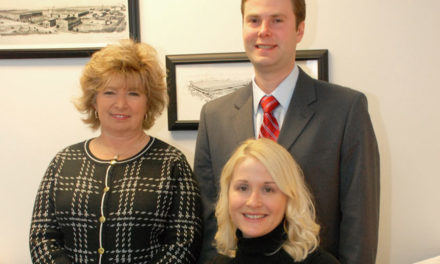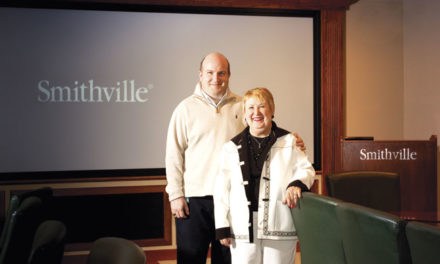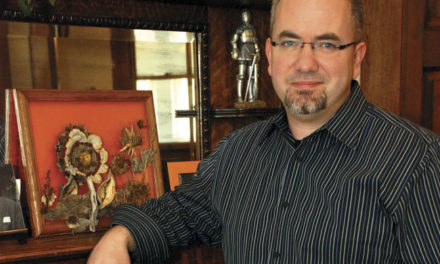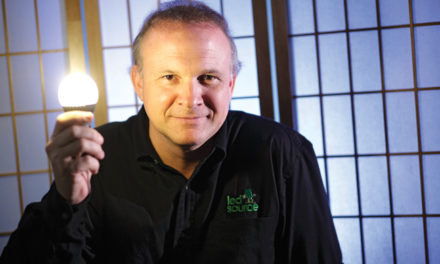BY MOLLY BRUSH
Thanks to a collaboration between Hoosier Energy and Bloomington- based MPI Solar, 16 schools in central and southern Indiana have reduced their energy costs by switching to solar hot water systems.
In 2012, Hoosier Energy introduced a grant program funding the construction of solar hot water systems at one school in each of its 18 Rural Electric Membership Cooperatives (REMC). MPI Solar, a divi sion of Mann Plumbing, designed and built the systems. In addition to the 16 Indiana schools, systems were added to Spring Mill State Park because there are no schools in the Orange County REMC served by Hoosier Energy, and to Wayne City Schools in Illinois. The first system was installed in 2012; the most recent was completed this summer.
A solar hot water system can provide 60–70 percent of the energy needed to heat water each year, says David Mann, founder and owner of Mann Plumbing. Each school’s system uses rooftop solar panels to collect thermal energy from the sun, which is used to heat the school’s potable water. The heated water is stored in custom-designed tanks that feed into the school’s existing water-heating system.
Amie McCarty, MPI Solar director of sales and marketing, says, “Of all the solar technologies, it’s the most efficient. If you use a lot of hot water, it can save you a tremendous amount of money.” In addition to saving money, solar hot water systems also benefit the environment. “One solar thermal panel can offset the equivalent of 2,000 pounds of carbon a year,” McCarty says.
Schools were selected for the program after submitting an application. Mann and his team conducted more than 100 site assessments to determine which schools were best suited for solar hot water systems, taking into consideration factors such as the orientation of the roof and the availability of space for the water tanks.
The systems are designed to last for 30 years or more, and the grants include fund- ing to cover 25 years of maintenance by MPI Solar.
“This program has turned out to affect more people than anything we’ve done,” Mann says. “I’m very, very proud to have been associated with the program and to have had the opportunity to work with all these people.”















